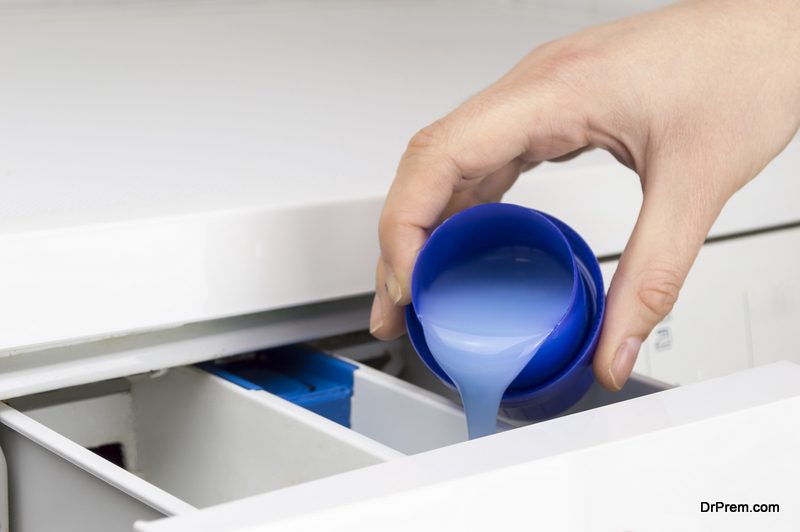The pressure to save our planet is on and the common misconception that going green is expensive can discourage people from giving an eco-friendly lifestyle a try. For those of us without much money to spare, whether we’re on the brink of searching for emergency no guarantor loans, or things are just a little tight on occasion, the thought of investing in smart energy-saving technology can be daunting. Thankfully, there are plenty of ways that you can take steps to reduce your carbon footprint and save money, all with a few small changes:
5 – Steps to Go Green and Save Money
1. Go Paperless
 While ‘going paperless’ tends to lend itself to being a business-related term, you’d be surprised just how much a similar move could benefit your home life too. Whether it’s using your phone for those shopping lists or opting for online bank statements rather than receiving them via the post can reduce the amount of paper coming in, and going out of your home. Other moves you can make include opting out of junk mail or catalogues you no longer use, digitalising any documents you have around the home by scanning them in and storing them online, and recycling any existing paperwork in the house that you no longer need.
While ‘going paperless’ tends to lend itself to being a business-related term, you’d be surprised just how much a similar move could benefit your home life too. Whether it’s using your phone for those shopping lists or opting for online bank statements rather than receiving them via the post can reduce the amount of paper coming in, and going out of your home. Other moves you can make include opting out of junk mail or catalogues you no longer use, digitalising any documents you have around the home by scanning them in and storing them online, and recycling any existing paperwork in the house that you no longer need.
2. Switch To LED
Did you know that LED bulbs are far better for the environment than CFL or halogen alternatives? Installing LED lighting in your home can be a bit of a hefty price to foot on the offset, but even just switching out a lamp or two for an LED alternative to begin with can help to reduce your carbon footprint and, ultimately, the money spent. LED bulbs run up considerably lower energy costs than other alternatives, and there are plenty of tools online to help you work out just how much you could save.
3. Grow Your Own
 Investing a bit of time and money into your very own vegetable garden can not only provide you with rich, organic food to eat once it fully grows, but you’ll also be doing your bit for the environment. As you probably know, plants produce oxygen that allows us to breathe and can clear up the air around us. Plus, it saves money in the long term by reducing the number of vegetables we need to buy from the supermarket.
Investing a bit of time and money into your very own vegetable garden can not only provide you with rich, organic food to eat once it fully grows, but you’ll also be doing your bit for the environment. As you probably know, plants produce oxygen that allows us to breathe and can clear up the air around us. Plus, it saves money in the long term by reducing the number of vegetables we need to buy from the supermarket.
4. Invest in Reusable Everyday Items
Reusable items like straws, bags, jars and similar are relatively inexpensive to buy initially and will ultimately reduce the waste that we are producing. A set of metal straws and the relevant cleaners can be purchased for less than £10/$10 and will last you a proverbial lifetime, while reusable cloth shopping bags aren’t usually more than £1/$1 or so. Making these switches helps to reduce the planet’s plastic problem and can save you money in the long term, particularly with the 5p/5c carrier bag charge currently in force.
5. Wash Your Clothes Cold
 Nowadays, you can pop into any supermarket and pick up an ‘eco-friendly’ washing detergent for no more than the standard cost. These detergents make it entirely possible to wash your clothes at a much cooler temperature, with some even encouraging cold washes, and will still leave your clothes as clean as they would be on a hot wash. Cold water washes reduce the energy that the washing machine will consume, and can save you anything between £/$50-150 each year.
Nowadays, you can pop into any supermarket and pick up an ‘eco-friendly’ washing detergent for no more than the standard cost. These detergents make it entirely possible to wash your clothes at a much cooler temperature, with some even encouraging cold washes, and will still leave your clothes as clean as they would be on a hot wash. Cold water washes reduce the energy that the washing machine will consume, and can save you anything between £/$50-150 each year.
Going green doesn’t have to be expensive. In fact, it can help you to save money all with a few little changes. Being smarter about your spending and what you’re buying when you do spend can all lead to a reduced carbon footprint and saved money in the long term.
Article Submitted By Community Writer




